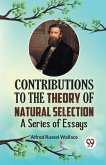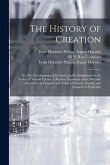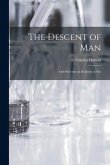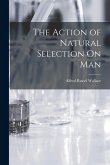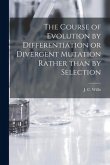This volume contains Alfred Russel Wallace's 1889 book, "Darwinism: An Exposition of the Theory of Natural Selection with Some of Its Applications". It is a fascinating exploration of biological evolution by the co-discoverer of the natural selection principle. It constitutes a defence of the theory against scientific criticisms, and is one of the most cited of Wallace's writings. This volume will appeal to those with an interest in natural selection and its reception, and it is not to be missed by collectors of important scientific literature. Many vintage texts such as this are increasingly scarce and expensive, and it is with this in mind that we are republishing this book now, in an affordable, high-quality, modern edition. It comes complete with a specially commissioned biography of the author.
Hinweis: Dieser Artikel kann nur an eine deutsche Lieferadresse ausgeliefert werden.
Hinweis: Dieser Artikel kann nur an eine deutsche Lieferadresse ausgeliefert werden.

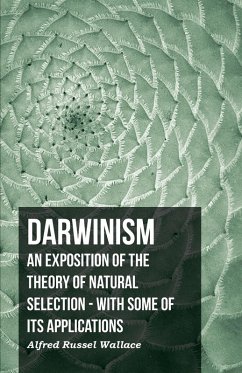
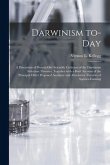
![The Fall of Man, or, The Loves of the Gorillas [microform]: a Popular Scientific Lecture Upon the Darwinian Theory of Development by Sexual Selection The Fall of Man, or, The Loves of the Gorillas [microform]: a Popular Scientific Lecture Upon the Darwinian Theory of Development by Sexual Selection](https://bilder.buecher.de/produkte/65/65558/65558774m.jpg)
